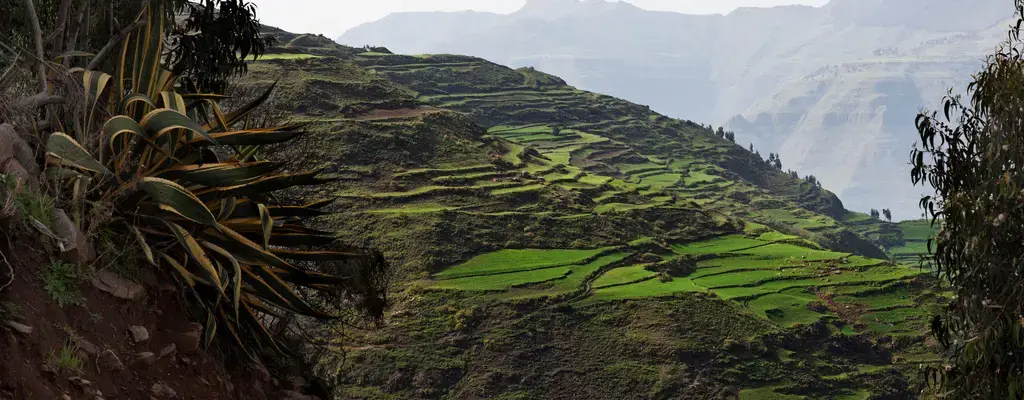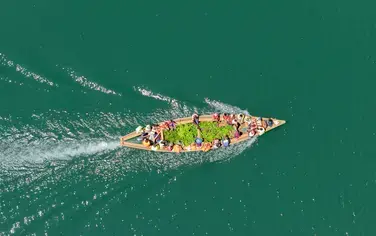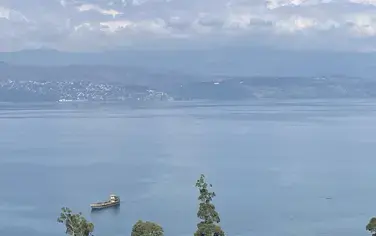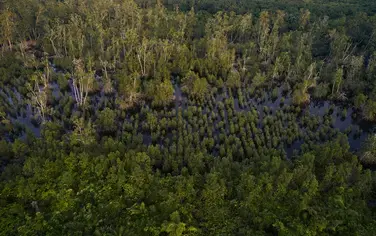Ethiopia is the second-most populous country in Africa. The economy is heavily dependent on agriculture with rain-fed, smallholder farming representing more than 90% of national agricultural outputs. This sector is also a major driver of forest and land degradation – the pressure to increase crop production has resulted in the expansion of agricultural lands and overgrazing. When combined with rapid population growth and associated fuelwood needs, recurrent droughts and entrenched poverty, the pressure on Ethiopia’s natural resources is immense.
Contributing to scaling up forest landscape restoration in Ethiopia identifies the opportunities and barriers of introducing and scaling up of FLR into selected pilot landscapes of Ethiopia: the districts (or woredas used as a synonym throughout this document) of Sodo and Meket, located in SNNP and Amhara regions respectively. The knowledge generated with intensive fieldwork and consultations at the national, regional, and national level is expected to accelerate decision-making processes for landscape restoration implementation, including the identification of enabling conditions at all levels of government necessary for long-term restoration success. It also aims at building support for expanding the lessons and experiences of Sodo and Meket to other districts and landscapes at the regional level. To achieve these objectives, the report presents the results of the application of the Restoration Diagnostic Tool (WRI).
Credit/Contribution: IUCN Forestry Conservation Programme




